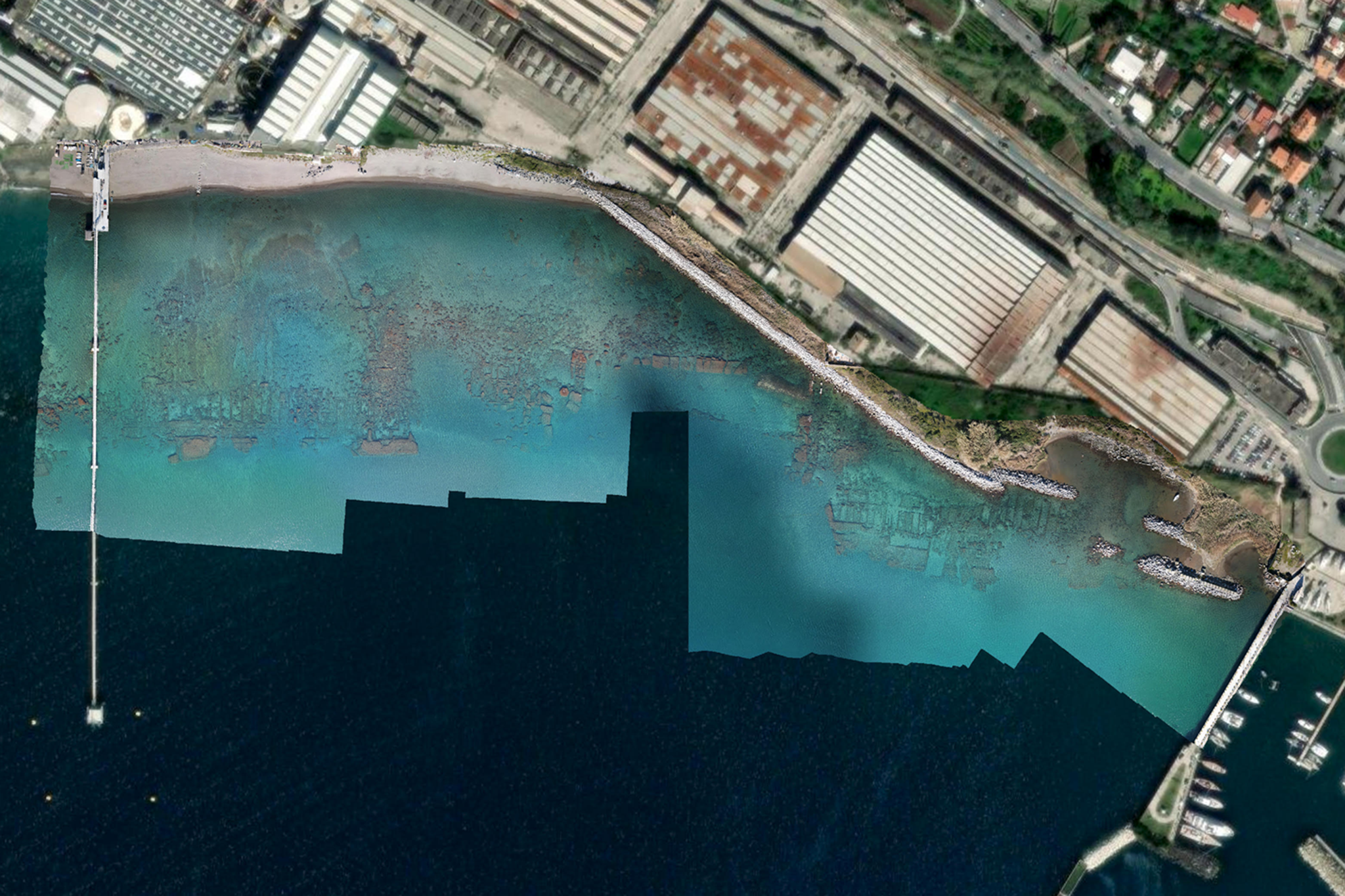THIS is the long-sought after ancient temple that archaeologists have been finding evidence of for hundreds of years.
They had been searching for it since the 18th century, but have only been able to find it now, even though they weren’t looking for it.

The temple is visible beneath the water’s surface[/caption]


The gorgeous island of Pozzuoli, Italy, or Puteoli as it was known at the time, was a vital port island for the Romans.
The 2,000 year old site was dedicated to Dushara, a supreme god of the Nabataen civilisation, dating back to the fourth century B.C.
Tragically, destructive volcanic activity had submerged parts of the island and altered the coastline, making it unusable.
The ancient structure contains inscriptions to Dushara, including ‘“Dusari sacrum,” meaning, “consecrated to Dushara”.
The Nabataean civilization, lived in northern Arabia from the fourth century B.C.E. until it was annexed by the Roman Empire in 106 C.E.
Last year, researchers finally found the temple while mapping the seafloor off the coast of Pozzuoli in 2023.
The team noticed two rooms beneath the water’s surface, one of which contained two marble altars as a part of the Nabataen religion.
The Nabataeans also created the famous tomb carved into the desert stone in Petra, Jordan, known as “The Treasury.”
Parts of Indiana Jones and the Last Crusade were filmed at the historic location.
Michele Stefanile, an author of the study about the temple that was recently published in Antiquity, noted, “For me this was one of the most unexpected discoveries.”
The Nabataen people then travelled there to trade their luxury goods, establishing the temple for their leader.
The items included gold, ivory and perfumes.
The Nabataean kingdom was located in northern Arabia, but its trade routes stretched as fa as Italy.
Steven Tuck, a Roman historian at Miami University in Ohio, told Live Science, “It makes perfect sense that the Nabataeans would be in Puteoli as a community of traders.
“Nabataeans would have been drawn there and brought their religious practices with them.”
The discovered temple was a place of worship, whilst also acting as a refuge for foreigners.
The temple was seen as a place of exchange and guaranteed business and trade.
This helped the Nabataens accumulate enormous wealth through their vital trade routes.
Crucially, it provided a sense of authority and trust in God amongst the civilisation.
The discovery of the temple confirms there was a Nabataean community participating in the region between 31 BC and 14 AD.
When the Nabataens were annexed in 106 C.E by Emperor Trajan, their trade routes were severely damaged.
It has been suggested by experts that the group were forced to abandon their ports on the island.
Michele further commented; “Possibly after Trajan’s conquest of Arabia in 106 [C.E.], the Nabataeans had no more possibility of free trading in Puteoli, and they possibly abandoned the harbour.”
This seemingly ended their influence in Ancient Rome, a civilisation lost to history, to be found 2,000 years later.


The site of Indiana Jones’ discovery of the Holy Grail[/caption]
